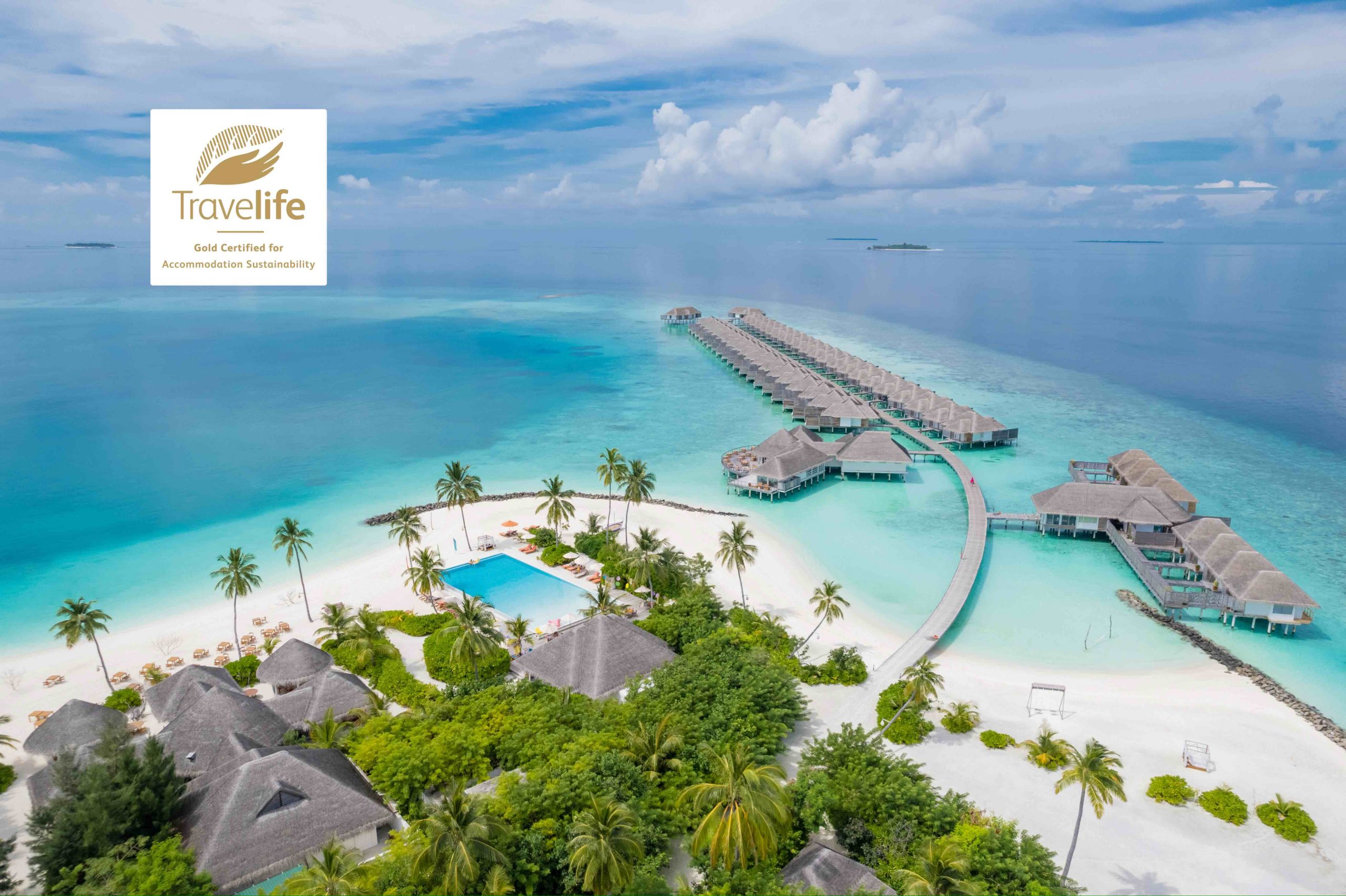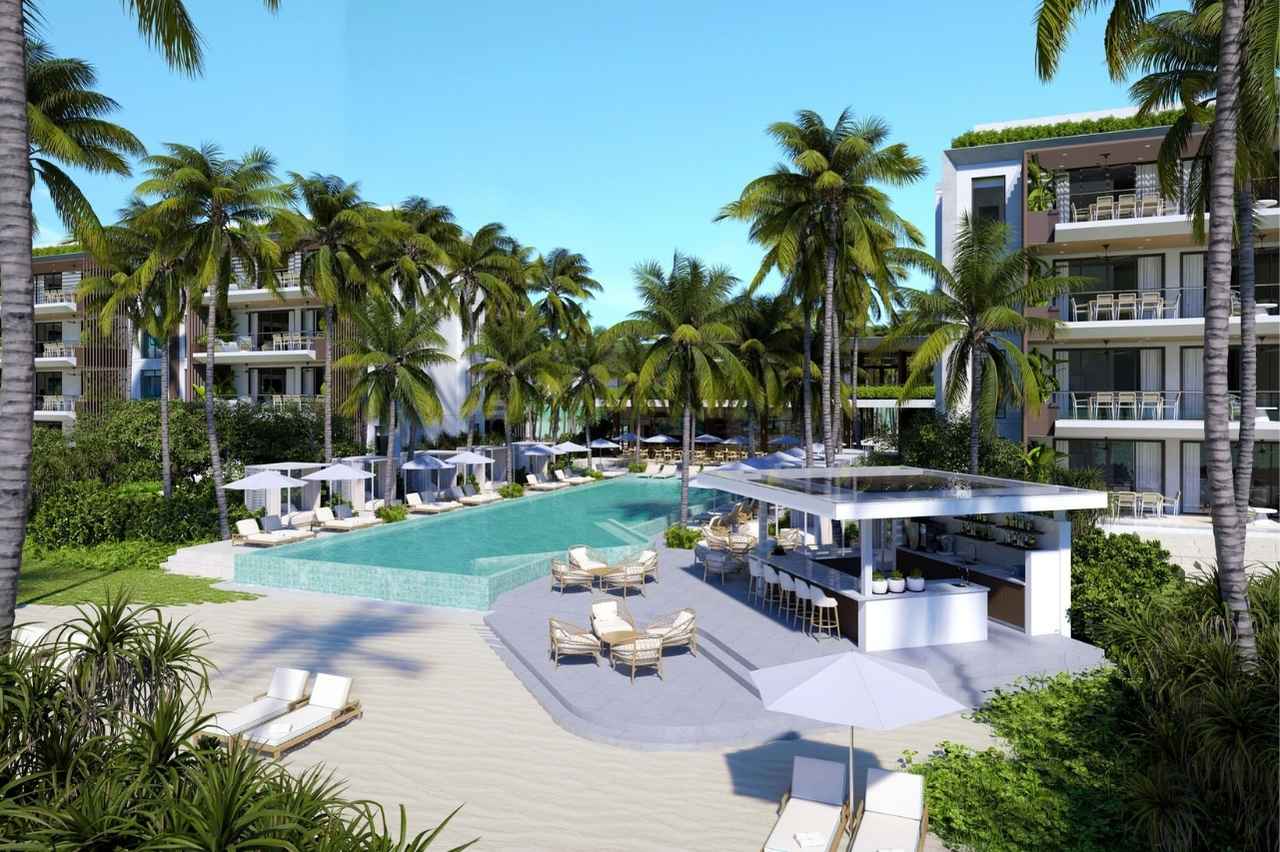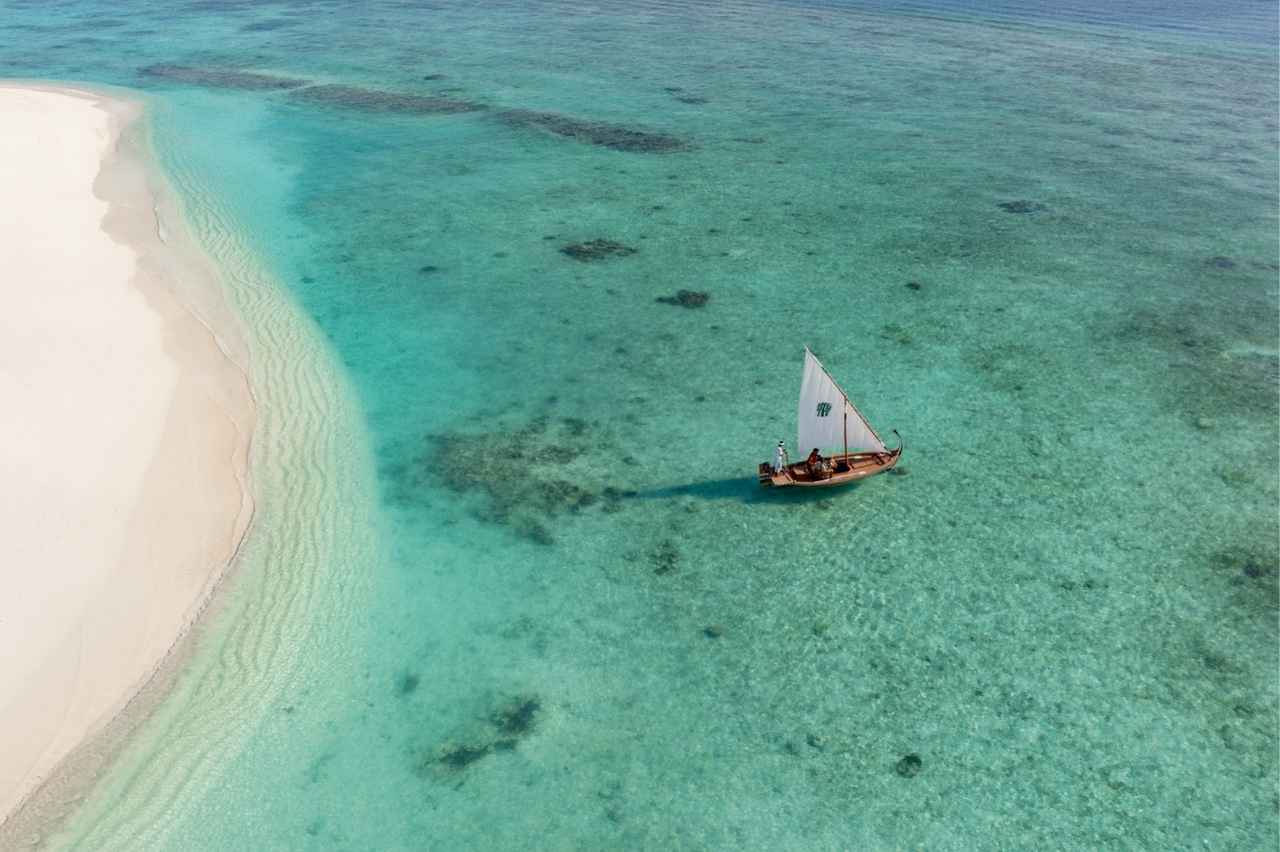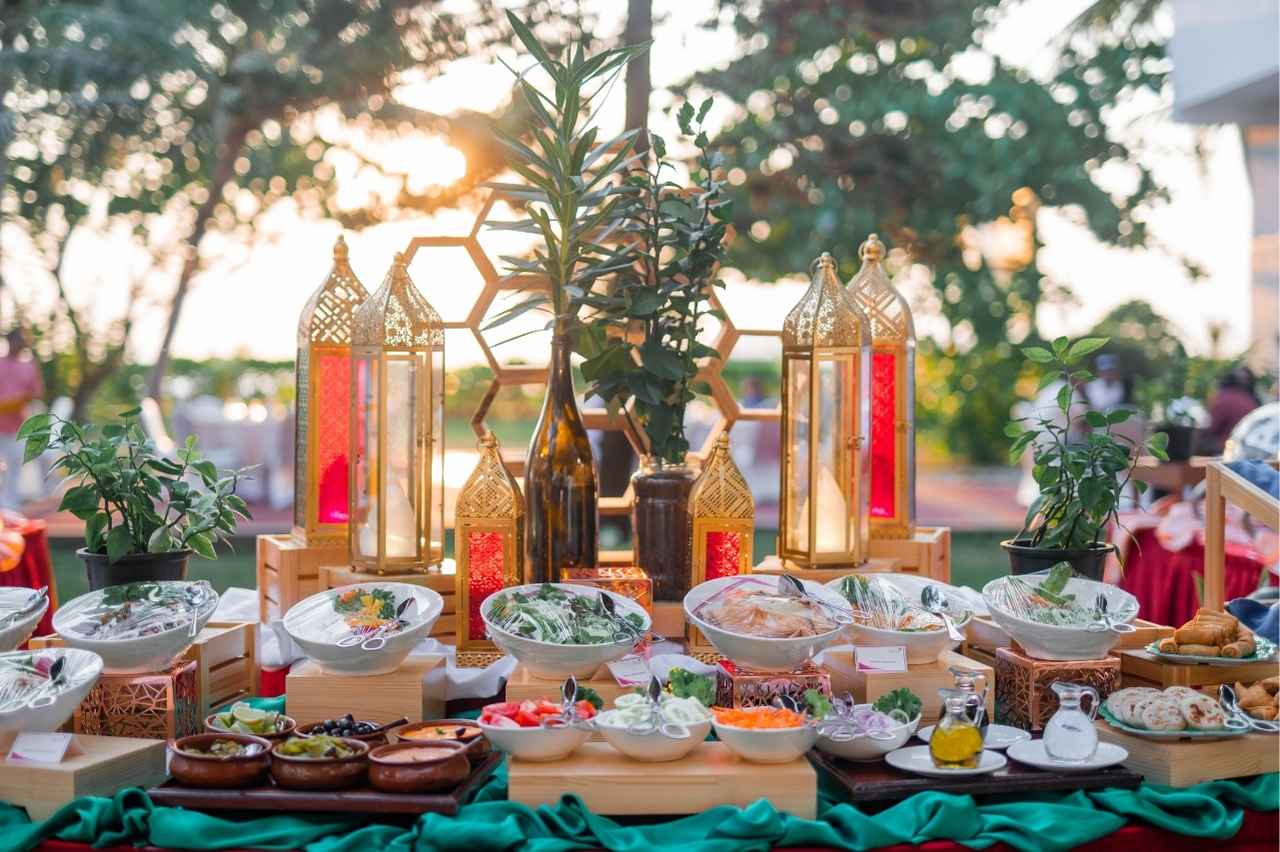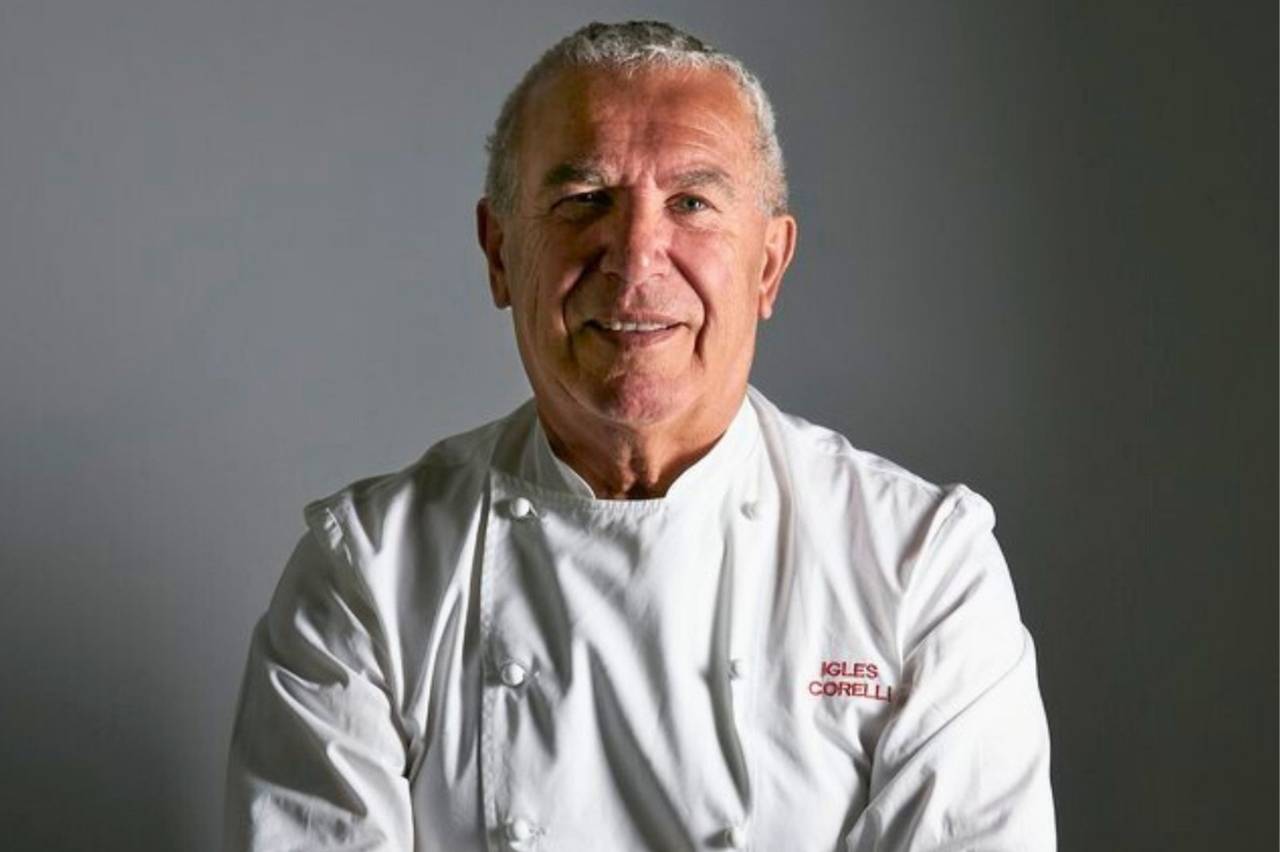Sun Siyam Iru Veli announces that the resort has been awarded the Travelife Gold Certification for the second consecutive year. This esteemed recognition underscores our unwavering commitment to sustainable tourism and exceptional environmental stewardship.
Achieving the Travelife Gold Certification highlights Sun Siyam iru Veli’s dedication to minimizing environmental impacts, enhancing economic and social benefits for our community, upholding human rights and fair labor practices, and safeguarding animal welfare and biodiversity. This accolade reflects our ongoing efforts to integrate sustainability into every facet of our operations while delivering luxury experiences to our guests.
Key Areas of Excellence for Sun Siyam Iru Veli Getting the Travelife Gold Certification:
Minimising Environmental Impacts
Sun Siyam Iru Veli has implemented comprehensive waste management systems as well as water conservation measures. In addition to this, the resort also has energy-efficient practices to reduce the ecological footprint. Sun Siyam Iru Veli is committed to preserving the pristine natural beauty of the Maldives for future generations.
Improving Economic and Social Impacts
The resort is dedicated to supporting the local economy by sourcing products from local suppliers. In addition to this, the resort also provides employment opportunities for community members. The community outreach programs focus on education, health, and well-being. With this, Sun Siyam Iru Veli ensures that their presence positively impacts the neighbors.
Respecting and Protecting Human Rights and Fair Labour Practices
Sun Siyam Iru Veli adheres to the highest standards of ethical labor practices. With this, the resort is ensuring a safe, fair, and inclusive work environment for all employees. The resort is also committed to upholding human rights and promoting equality and diversity within our workforce.
Safeguarding Animal Welfare and Biodiversity at Sun Siyam Iru Veli
Sun Siyam Iru Veli actively participates in conservation efforts to protect the rich biodiversity of the Maldives. The resort has also established policies to ensure the humane treatment of animals and the preservation of marine and terrestrial ecosystems.
We are immensely proud to receive the Travelife Gold Certification once again. This achivement is a testament to the hard work and dedication of our entire team. Sustainability is at the heart of our operations, and we are committed to continiously improving our practices to make a positive impac on the environment and our community, says Masdhooq Saeed – General Manager of Sun Siyam Iru Veli.
Sun Siyam Iru Veli invites guests to experience the perfect blend of luxury and sustainability. Our resort offers a serene escape where guests can indulge in the natural beauty of the Maldives while knowing their stay supports responsible tourism practices.


